Everything you need to know about: French touch
We look back at the scene that gave us Cassius and Daft Punk
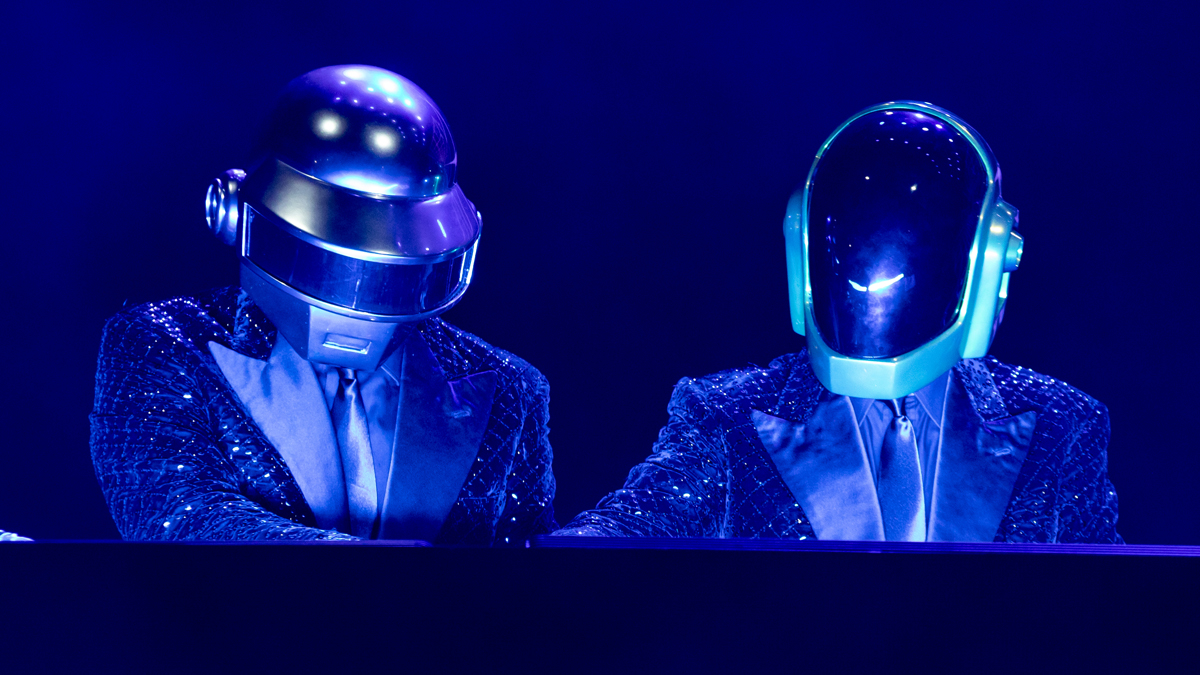
Some called it French house, some called it filter house, but the name that really stuck came from a slogan printed on the back of bomber jackets by Éric Morand’s Fnac label in the early ’90s: “We give a French touch to house”
Defined by attitude and geographical location rather than a strict adherence to a particular sound, French touch was a strange genre in some ways, incorporating styles as diverse as the dreamy ’70s nostalgia of Air, the jazzy shuffle of St Germain and the distorted DIY techno of early Daft Punk.
Many of the scene’s leading lights were inspired by house music coming out of the USA in the late ’80s and early ’90s, imitating Chicago and New York sounds while putting their own inflection on them, incorporating hip-hop and disco influences, more eclectic approaches to sampling and an openness to bending the accepted rules of more serious house.
Labels like Thomas Bangalter’s Roulé began pushing a distinctly Gallic sound in the mid ’90s, but the bigger picture was musically eclectic.
Stylistically, the closest thing to common ground was probably a love of looped and filtered disco and soul samples (hence the term filter house). Most acts flirted with this approach to some extent, and if you wanted a track that best represented the genre it would surely fit into this category.
The definitive French touch track? Maybe Stardust’s Music Sounds Better With You? Daft Punk’s Around The World? Étienne De Crécy’s Am I Wrong?? Cassius’s 1999? Alan Braxe & Fred Falke’s Intro?
Like so much ’90s dance, French touch was built around a magpie approach to gear. This was the pre-software era, with producers instead having to scrape together studio setups with whatever hardware they could get.
Get the MusicRadar Newsletter
Want all the hottest music and gear news, reviews, deals, features and more, direct to your inbox? Sign up here.
As such, it’s hard to pinpoint a ‘typical’ French touch studio, but Roland 808s, 909s and 303s were always popular. Vintage samplers like the E-MU SP-12, Akai MPC-60 and less common Roland models also found favour, while then-undervalued analogue classics like Korg MS-20s and even Minimoogs sat alongside old favourites like the Roland Juno-106 and cheap outboard compressors from Alesis or Behringer.
The sound itself eventually took on a life of its own, with influential American producers such as Armand van Helden (You Don’t Know Me) and DJ Sneak (You Can’t Hide From Your Bud) taking on the French at their own game with ultra-repetitive looped and filtered disco samples.
Into the mainstream
The next generation of French dance music wouldn’t typically be filed under French touch, but the likes of Ed Banger Records, Justice and the Kitsuné label certainly built on the eclectic, rowdy approach of their predecessors. Even Madonna took on the sound for her 2005 album Confessions On A Dance Floor, assisted by producers including Stuart Price and Mirwais, who helped her sculpt French touch-inspired pop hits like Hung Up and Sorry.
Some of French touch’s underground heroes went on to much bigger things. Daft Punk are the obvious success story, parlaying early club success into global stardom, while the likes of Air, Cassius producer Philippe Zdar and French touch-adjacent rockers Phoenix also had huge international success.
In recent years, the sound has bubbled to the surface once again. You can hear obvious echoes of the distinctive filter house style in huge tracks like Duck Sauce’s Barbra Streisand (Van Helden again, alongside A-Trak), DJ Koze’s loopy vocal hit Pick Up and Mella Dee’s Sister Sledge-sampling Techno Disco Tool.
As hard as it is to define, the French touch sound refuses to die, remaining endearingly popular to this day.
The French touch sound: four essential studio tools
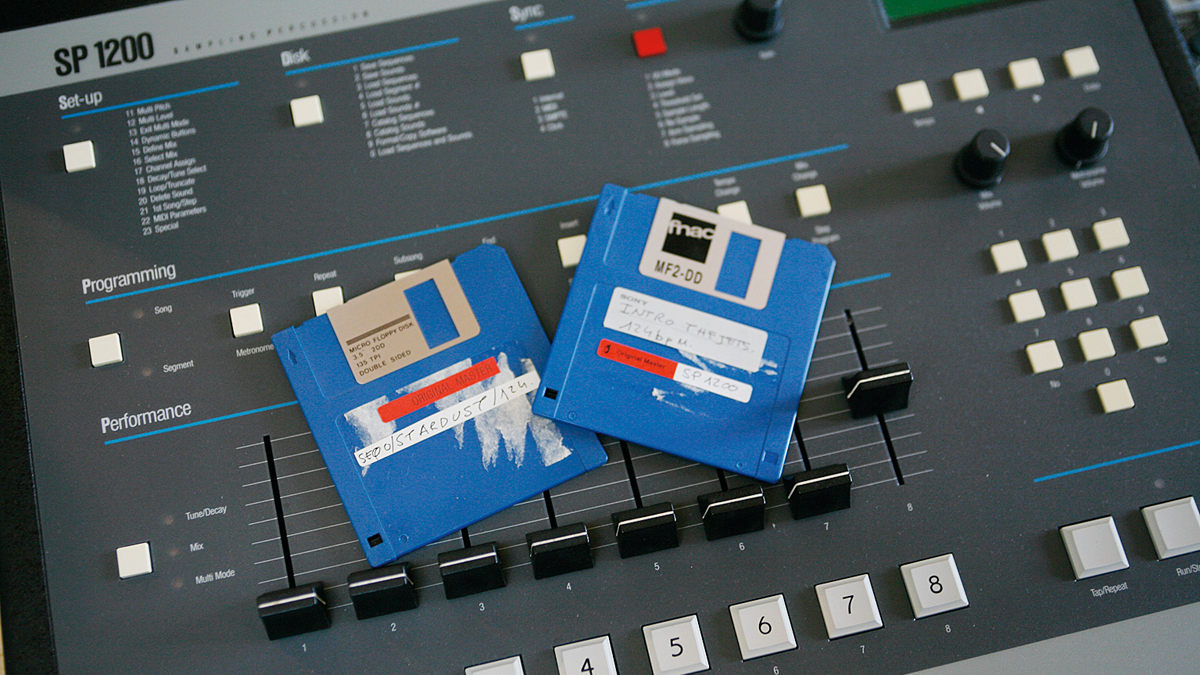
1. E-MU SP-1200
The SP-1200 and earlier SP-12 are sought-after vintage classics now, but in the mid '90s they were easier to come by for sensible money.
With its distinctively gritty, crunchy sound, the SP-1200 provided the basis for Alan Braxe and Fred Falke’s ‘Intro.
Isla Instruments is set to release the SP-2400, a new sampler inspired by the E-MU classic, some time soon. In the software world, NI’s Maschine offers an SP-1200-inspired ‘vintage mode’ that gives a similar sound.
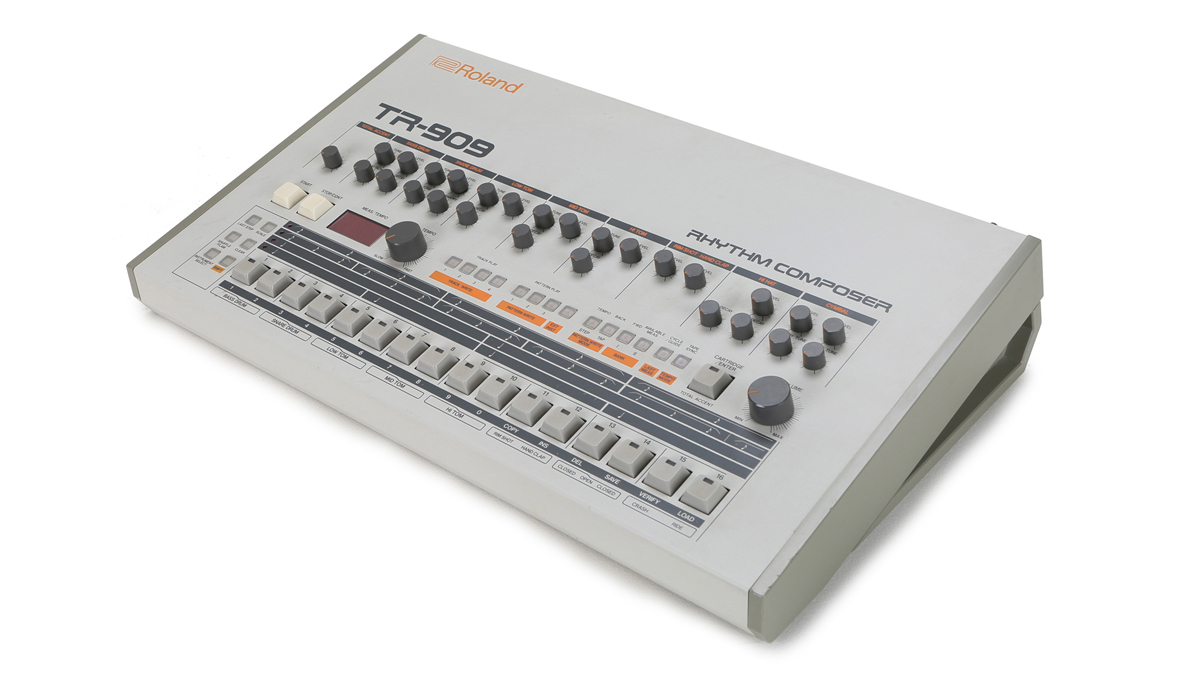
2. Roland TR-909
Namechecked in the title of Daft Punk’s ‘Revolution 909’, Roland’s 80s drum machine is a firm favourite of house and techno producers for good reason.
It’s now one of the most imitated instruments ever made, so finding a version of the sounds shouldn’t be hard, whether it’s an original unit (typically £3000+), one of Roland’s virtual analogue hardware units, an emulation plugin like D16’s Drumazon, or one of the hundreds of 909 sample packs on the market (Goldbaby’s excellent Tape909 is one of our favourites).
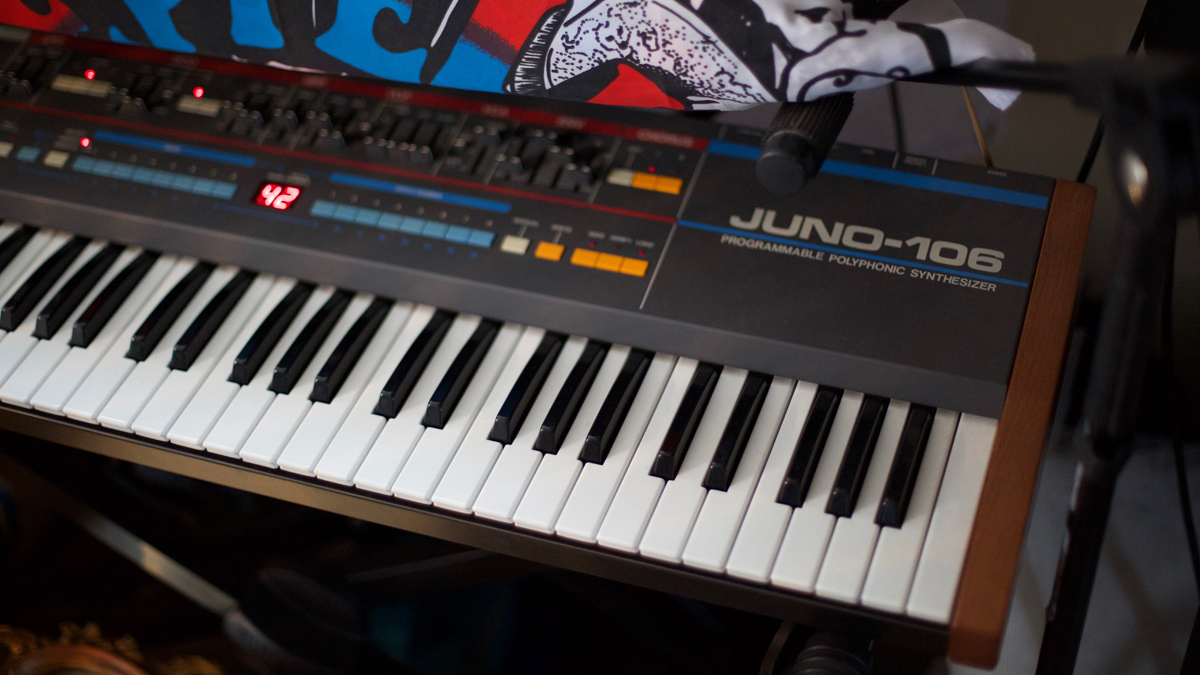
3. Roland Juno-106
The Juno-106 is a staple of countless dance sub-genres thanks to its ability to sound good pretty much no matter what. It’s equally adept at big, bold basslines as it is at silky analogue strings and dreamy pads.
A vintage original in good condition will set you back somewhere in the region of £1,000, but beware that voice chips are prone to fail.
Roland’s own Boutique JU-06A hardware synth module is a modern digital emulation of the analogue classic. We also love TAL’s U-NO-LX plugin, which is based on the earlier Juno-60 model.
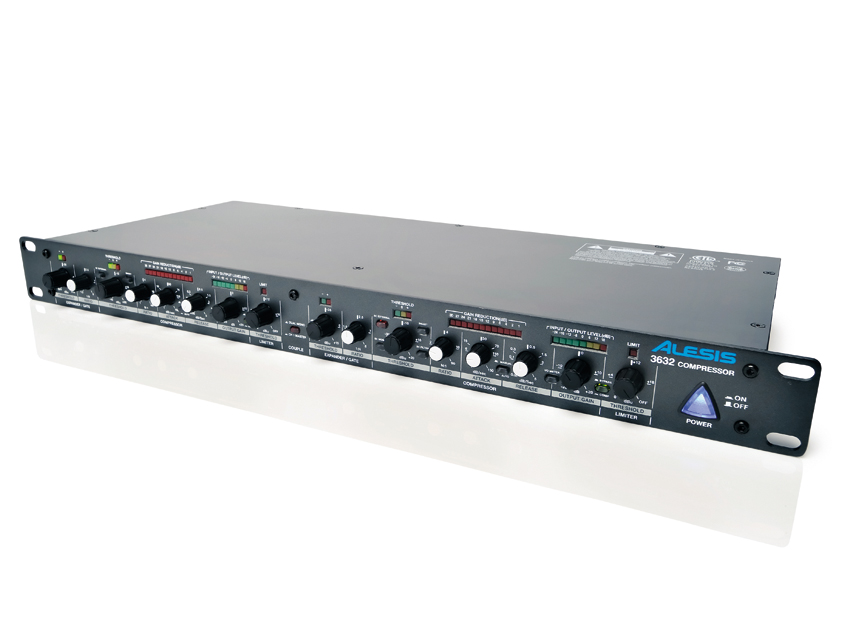
4. Alesis 3630/3632
The 3630 is in most ways a cheap and nasty compressor. But sometimes cheap and nasty is exactly what you need.
In a time before DAWs and free compressor plugins, the 3630 handled compression duties for a lot of aspiring producers in the '90s, contributing its distinctly unpolished sound to early Daft Punk and Stardust among others.
The 3632, released in 2012, addresses most of the weaknesses of the original, with an improved power supply, cleaner circuitry and better matching between the stereo channels.
Purists might say that misses the point. You can pick up the original for as little as £20.


Future Music is the number one magazine for today's producers. Packed with technique and technology we'll help you make great new music. All-access artist interviews, in-depth gear reviews, essential production tutorials and much more. Every marvellous monthly edition features reliable reviews of the latest and greatest hardware and software technology and techniques, unparalleled advice, in-depth interviews, sensational free samples and so much more to improve the experience and outcome of your music-making.
“I’m looking forward to breaking it in on stage”: Mustard will be headlining at Coachella tonight with a very exclusive Native Instruments Maschine MK3, and there’s custom yellow Kontrol S49 MIDI keyboard, too
MusicRadar deals of the week: Enjoy a mind-blowing $600 off a full-fat Gibson Les Paul, £500 off Kirk Hammett's Epiphone Greeny, and so much more










